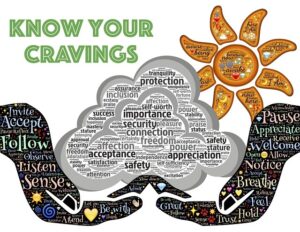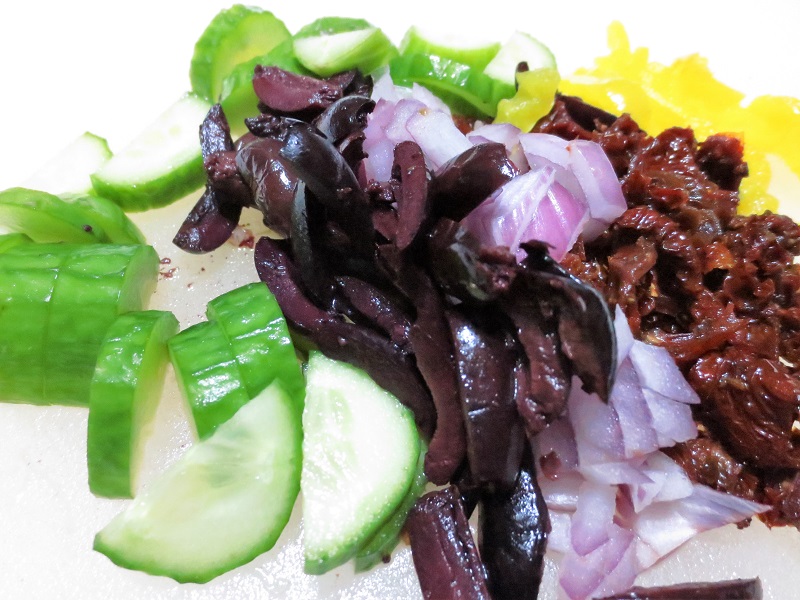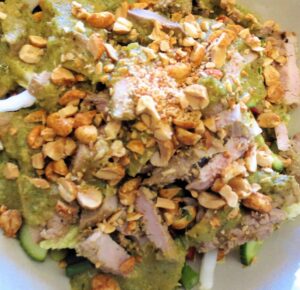 This is the final post for now about the problems with following the so-called “ketogenic” diet. Today I’m addressing some issues I’ve discovered with one of the leading keto gurus, Eric Berg DC. Note that I don’t call him “Dr.” Berg, even though that’s what his YouTube channel, his books, his website and his ads call him. HE IS NOT A MEDICAL DOCTOR. HE’S A CHIROPRACTOR. Sorry. I try to steer clear of all-caps ranting, but sometimes it’s just necessary.
This is the final post for now about the problems with following the so-called “ketogenic” diet. Today I’m addressing some issues I’ve discovered with one of the leading keto gurus, Eric Berg DC. Note that I don’t call him “Dr.” Berg, even though that’s what his YouTube channel, his books, his website and his ads call him. HE IS NOT A MEDICAL DOCTOR. HE’S A CHIROPRACTOR. Sorry. I try to steer clear of all-caps ranting, but sometimes it’s just necessary.
Just a reminder: the “case study” I’m using is that of the blogger who runs the Addicted2Decoraing website. She says in a post titled “The Personal Stuff: A New Furry Family Member, More Keto Info, and What I’m Listening To” that one of her five ways to get started on the ketogenic diet is:
Find one keto expert you like and trust, and stick with him or her.
And the “expert” she’s decided to follow is Eric Berg DC. Now why on earth would you want to “stick with” just one source? That makes no sense. The best way to get a balanced view of any topic is to consult multiple sources, checking out the discrepancies that you find. Then you make your own well-informed decisions. Otherwise you’re just outsourcing your choices. (And, as I’ve said before, I love this blog, follow it faithfully, and totally respect its author. She’s so independent in her decorating choices that I find it very puzzling that she’s willing to blindly follow anyone about her health choices.)
 A reminder if you’re just coming across this series of posts: I am taking some material from the website
A reminder if you’re just coming across this series of posts: I am taking some material from the website  I left off the last post with a description of how habits work. As we keep repeating an action we wear a neurological groove, making the action easier and more automatic every time we perform it. If you read
I left off the last post with a description of how habits work. As we keep repeating an action we wear a neurological groove, making the action easier and more automatic every time we perform it. If you read  What I’m going to do in this post and at least a second one is what is called a “case study.” I’ll divide up the material because I want my readers to be willing to consume all of it. Sometimes I read others’ posts that are pages long, and if it’s a subject in which I’m interested I’ll probably at least skim it all. But I think it’s far better to write material that can be read in 5-10 minutes and then follow up with later posts. You don’t read blog posts the way you read a book, coming back to the place you left off. Instead, you usually just go on to the next post when it comes up. I want you to get the whole enchilada here and so always try to limit my individual posts to 1,000 words or less.
What I’m going to do in this post and at least a second one is what is called a “case study.” I’ll divide up the material because I want my readers to be willing to consume all of it. Sometimes I read others’ posts that are pages long, and if it’s a subject in which I’m interested I’ll probably at least skim it all. But I think it’s far better to write material that can be read in 5-10 minutes and then follow up with later posts. You don’t read blog posts the way you read a book, coming back to the place you left off. Instead, you usually just go on to the next post when it comes up. I want you to get the whole enchilada here and so always try to limit my individual posts to 1,000 words or less. This is the first in a series of posts in which I present some common-sense rebuttals to the various fad diets out there; I picked the “keto” diet to begin with because it’s pretty hot right now. Something else is probably coming or has come down the pike already and I just haven’t gotten clued in yet. In reality, though, it doesn’t matter too much what the diet of the moment is, because all of these fad diets fall into some basic, broad categories: you can restrict fat, or carbs, or a specific food category (such as meat or gluten). Or you can just restrict calories in general. (Note that people with specific medical issues such as celiac disease or allergies, or people who eat a certain way as a matter of conscience, such as those who abhor the killing of animals, are not included in the fad diet category.)
This is the first in a series of posts in which I present some common-sense rebuttals to the various fad diets out there; I picked the “keto” diet to begin with because it’s pretty hot right now. Something else is probably coming or has come down the pike already and I just haven’t gotten clued in yet. In reality, though, it doesn’t matter too much what the diet of the moment is, because all of these fad diets fall into some basic, broad categories: you can restrict fat, or carbs, or a specific food category (such as meat or gluten). Or you can just restrict calories in general. (Note that people with specific medical issues such as celiac disease or allergies, or people who eat a certain way as a matter of conscience, such as those who abhor the killing of animals, are not included in the fad diet category.)
 I’ve already talked about the human taste for drama, a characteristic that draws us into all sorts of extravagant and unsustainable announcements and commitments. The inherent weakness of drama as a long-term tool for change is this:
I’ve already talked about the human taste for drama, a characteristic that draws us into all sorts of extravagant and unsustainable announcements and commitments. The inherent weakness of drama as a long-term tool for change is this: I plan to do a series of posts on some of the fad diets floating around out there, many of them on celebrity websites, but today I want to write in more general terms about what guides the food choices that many people make. Let me say a couple of things first:
I plan to do a series of posts on some of the fad diets floating around out there, many of them on celebrity websites, but today I want to write in more general terms about what guides the food choices that many people make. Let me say a couple of things first: I have a subscription to the New York Times mainly because of Melissa Clark, a cookbook author and food writer who is absolutely the most charming, delightful, quirky, quirkily delightful, delightfully quirky . . . well, you get the picture. I periodically go onto
I have a subscription to the New York Times mainly because of Melissa Clark, a cookbook author and food writer who is absolutely the most charming, delightful, quirky, quirkily delightful, delightfully quirky . . . well, you get the picture. I periodically go onto  Oh my goodness! I don’t know that I’ve ever seen as much nonsense packed into two sentences as with these:
Oh my goodness! I don’t know that I’ve ever seen as much nonsense packed into two sentences as with these: